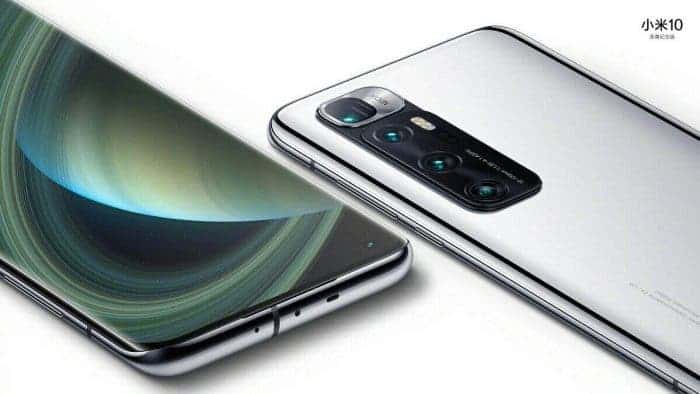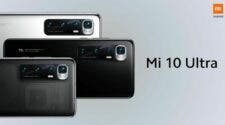Contrary to the manufacturer’s claim that the Xiaomi Mi 10 Ultra supports fast 120-watt charging, Androidauthority reviewers found this claim to be untrue. They tested both the smartphone and the charging adapter.
Xiaomi Mi 10 Ultra does not charge at 120W as the company claims
Recall that during the announcement of the Xiaomi Mi 10 Ultra, the company proudly announced that it is capable of charging at 120 W and the user will find the corresponding power adapter in the box with the smartphone. The real test and measurements showed that in fact, the charging power is only 80 watts.
Perhaps in laboratory tests, the company’s specialists really managed to bring the charging power to 120 W, but in real operating conditions it was found that the peak charging power is 92.3 W and as soon as this figure is reached, a “rollback” to 86.4 W occurs, and the smartphone gets 80.1 watts.
A full charge takes 21 minutes, only 3 minutes is enough to charge the battery by 25% and the maximum temperature was 43.8 °C. The temperature regime returns to normal when the battery charge level reaches 70%.
Despite the decent charging power of 80W, tests have shown that when using 50W charging, the smartphone charges just as quickly and fully charge the battery in just 29 minutes, and 5 minutes is enough to charge the battery by 25%. And most importantly, the maximum temperature was 39.1 °C. Therefore, all these statements about record charging are more a marketing tool than a revolution in the world of charging and an urgent need.
But compared to 18-watt chargers, there is a significant leap forward. So, when using the 18W power adapter, it took 68 minutes to charge the Xiaomi Mi 10 Ultra.

Xiaomi Mi 10 Ultra specifications
- 6.67-inch (2340 × 1080 pixels) Full HD+ AMOLED 19.5:9 aspect ratio HDR10 + display with 120Hz refresh rate, 1120nit (HBM) / 800nit (Typ) brightness, 5000000:1 (Min) contrast ratio, DCI-P3 Wide Color Gamut, Corning Gorilla Glass 5 protection
- Octa Core (1 x 2.84GHz + 3 x 2.42GHz + 4 x 1.8GHz Hexa) Snapdragon 865 7nm Mobile Platform with Adreno 650 GPU
- 8GB LPPDDR5 RAM with 128GB. 256GB UFS 3.1 storage. 12GB LPPDDR5 RAM with 256GB storage. 16GB LPPDDR5 RAM with 512GB UFS 3.1 storage
- Dual SIM (nano + nano)
- MIUI 12 based on Android 10
- 48MP rear camera with 1/ 1.32″ OV48C sensor,1.2μm, f/1.85 aperture, OIS, 8P lens, dual-tone triple LED flash, 48MP Sony IMX586 periscope telephoto lens with f/4.1 aperture for 10x optical zoom and 120x digital zoom, OIS, 20MP 128° ultra-wide angle lens with f/2.2 aperture, 12MP 1/2.6″ 2PD sensor with 1.4um for 2x zoom and portrait, 8k at 24fps, 4k 60fps, 960fps at 1080p
- 20MP front-facing camera
- In-display fingerprint sensor, Infrared sensor
- USB Type-C audio, Hi-Res audio, Stereo speakers
- Dimensions: 162.38×75.04×9.45mm; Weight: 221.8g
- 5G SA/NSA Dual 4G VoLTE, WiFi 6 802.11 ax (2.4GHz + 5GHz) 8 x / MU-MIMO, Bluetooth 5.1, GPS (L1 + L5), NFC, USB Type-C
- 4500mAh (Typical) / 4360mAh (Minimum) battery with 120W QC 5 / PD3.0 wired, 50W wireless fast charging, 10w wireless reverse charging
In August, Xiaomi has released the Xiaomi Mi 10 Ultra (or Extreme Commemorative Edition) smartphone. This smartphone was used to mark the company’s tenth anniversary. According to a recent report, the company has released a firmware update that adjusts some aspects of this device. The Xiaomi Mi 10 Ultra got the MIUI 12.0.10 update a few days ago. This update upgrades the camera to the DXOMARK version. It also brings optimizations for the battery, display, charging temperature control, and video toolbox.




